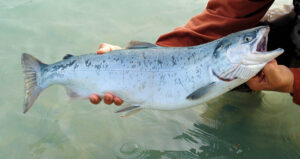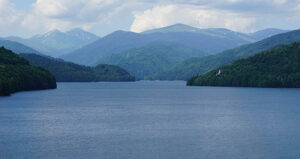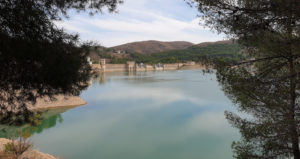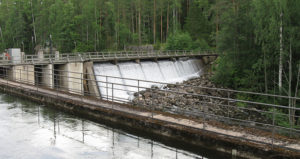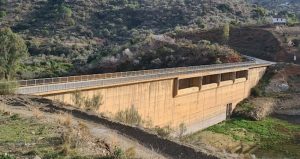Council adopts nature restoration law

-
 Editorial Team
Editorial Team
Share article:
The Council formally adopted the nature restoration law on the 17th of June in Luxembourg. The law aims to restore at least 20% of the EU’s land and sea areas by 2030, and all ecosystems in need of restoration by 2050. The adoption of the controversial law was made possible by the vote of Austria’s environment minister Leonore Gewessler.
The Netherlands, Italy, Poland, Sweden, Finland, Hungary voted against the new law. Belgium abstained. The nature restoration law includes legally binding targets and obligations for nature restoration in Europe’s waters. It should mitigate climate change and the effects of natural disasters.
Restoring land and sea ecosystems
The new rules will help to restore degraded ecosystems across member states’ land and sea habitats, achieve the EU’s overarching objectives on climate mitigation and adaptation, and enhance food security. The regulation requires member states to establish and implement measures to jointly restore, as an EU target, at least 20% of the EU’s land and sea areas by 2030. Until 2030, member states will prioritise Natura 2000 sites when implementing the restoration measures.
Requirements for agricultural land
The regulation sets out specific requirements for different types of ecosystems, including agricultural land, forests and urban ecosystems. Member states will put measures aiming to enhance two out of these three indicators: grassland butterflies’ population, stock of organic carbon in cropland mineral soils and share of agricultural land with high-diversity landscape features. Increasing forest birds’ population and making sure there is no net loss on urban green spaces and tree canopy cover until end of 2030 are also key measures of this new law.
Free flowing rivers
Member states will put in place measures aiming to restore drained peatlands and help plant at least three billion additional trees by 2030 at the EU level. In order to turn at least 25 000 km of rivers into free-flowing rivers by 2030, member states will take measures to remove man-made barriers to the connectivity of surface waters.
National restoration plans
Under the new rules, member states must plan ahead and submit national restoration plans to the European Commission, showing how they will deliver on the targets. They must also monitor and report on their progress, based on EU-wide biodiversity indicators. The regulation will now be published in the EU’s Official Journal and enter into force. It will become directly applicable in all member states.

